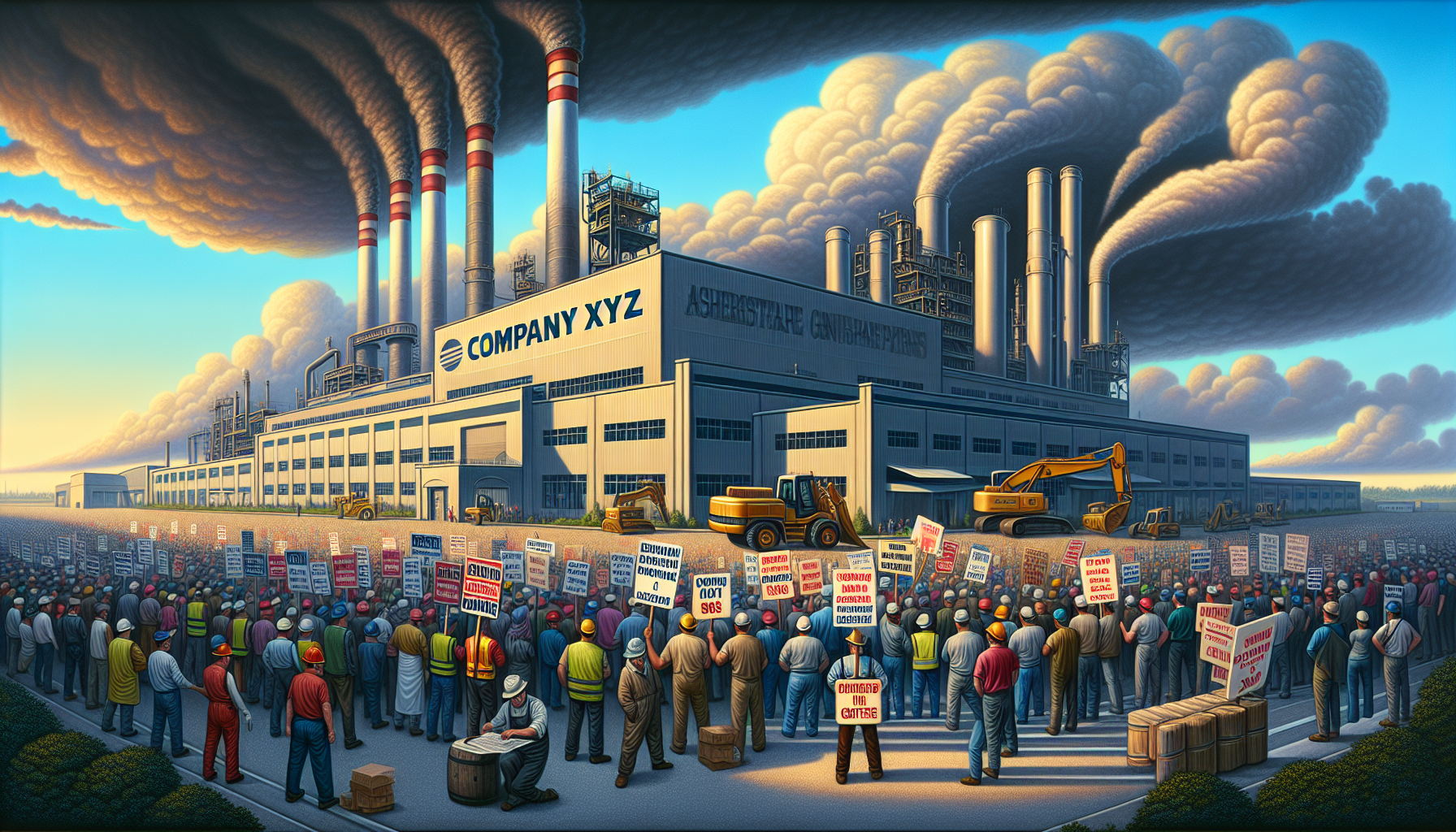Boeing Withdraws 30% Pay Rise Offer Amid Ongoing Strikes
In a significant turn of events, Boeing has decided to withdraw its proposed 30% pay rise offer to the International Association of Machinists and Aerospace Workers union (IAM), following a deadlock in negotiations. The tension between the aviation giant and its workforce underscores the complexities of labor relations in today’s rapidly evolving business landscape.
The Stalemate: An Overview
The rift between Boeing and IAM emerged after the union flatly rejected the “best and final” pay rise offer. Boeing’s proposal, spanning over four years, was deemed inadequate by the IAM, which is steadfast in its demand for a 40% pay increase. According to Boeing Commercial Airplanes President Stephanie Pope, “The union made non-negotiable demands far in excess of what can be accepted if we are to remain competitive as a business.”
This stalemate has led Boeing to retract its offer, shedding light on the company’s strategy to maintain competitiveness amid mounting financial pressures. IAM, however, maintains that Boeing was not receptive to negotiating terms, saying, “Negotiators attempted to address multiple priorities that could have led to an offer we could bring to a vote, but the company wasn’t willing to move in our direction.”
Impact on Boeing Operations
More than 30,000 workers have been on strike since rejecting a tentative deal offering a 25% pay raise. This has led to a suspension of production at several plants, dramatically affecting output and possibly costing the company and its suppliers billions of dollars if the strike continues.
The labor strike’s economic ramifications are being felt company-wide, with measures such as executive and managerial staff furloughs signaling the strain. Each month, U.S.-based executives, managers, and staff are required to take one week of unpaid leave for the strike’s duration, a strategy to mitigate financial losses while negotiations persist.
Challenges Ahead for Boeing’s Leadership
For Boeing’s newly appointed CEO, Kelly Ortberg, the strike is another hurdle in a year marked by financial recovery efforts and quality control issues. His appointment in August came amidst these challenges, implying a critical need for efficient crisis management and innovative problem-solving to sustain Boeing’s stature in the aviation industry.
Learning from Celebrity Influence
While Boeing contends with its labor dispute, a broader reflection emerges from social media platforms like TikTok, where influencers can significantly sway public opinion. Noteworthy is the case of Ariana Grande, who, despite operating in an entirely different sector, impacted voter registration numbers by placing booths at her concerts. This level of influence highlights the potential for leveraging public figures in constructing pro-company narratives amid crises.
Concluding Thoughts
Boeing’s current predicament emphasizes the pressing need for robust negotiation strategies and effective stakeholder communication. As the strike continues, attention will be firmly fixed on whether Boeing and the IAM can bridge their differences, balancing worker satisfaction with corporate viability.
Stay tuned for updates on this developing story and explore how industry dynamics continue to evolve in the face of unprecedented challenges.
For continuous updates and analyses on major business events, follow our Twitter and Facebook pages.
This article was crafted using insights from a snapshot taken in October 2023. Please refer to the latest news for current developments.
